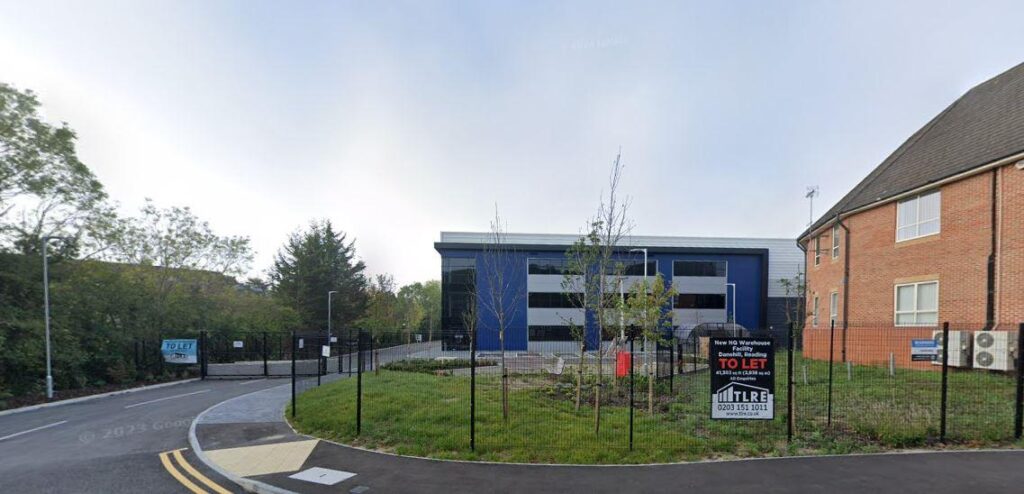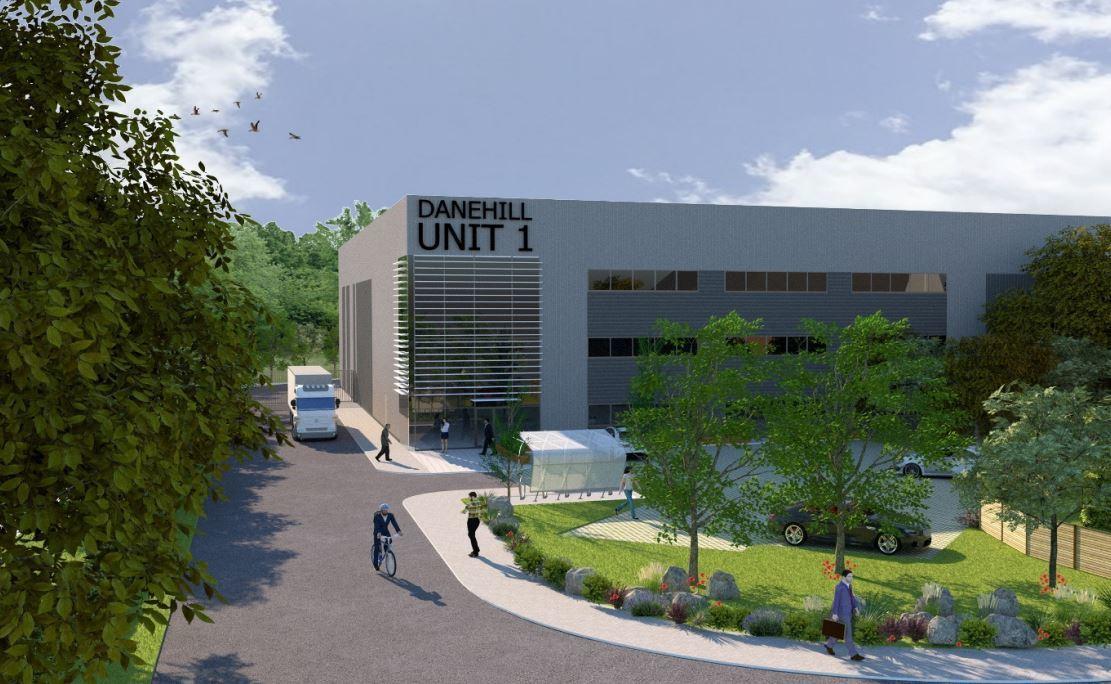From artisanal crepes to rebellious cheesecake waffles, Reading's breakfast rebels are transforming morning meals. These seven spots will revolutionize how you start your day.
Logistics Hub Remains Vacant in Reading Suburb
A year after its completion, a newly developed logistics hub on the outskirts of Reading remains unoccupied and available for rent. The facility, which replaced a former car trader site, stands as a testament to the changing landscape of suburban commerce in the area.

Source: https://www.readingchronicle.co.uk/news/24545231.logistics-hub-old-autotrader-reading-rent/
From Auto Trading to Modern Logistics
Located in the suburb of Lower Earley, the site once housed Autotrader and Hartman House buildings. Now transformed into a state-of-the-art logistics center known as GEM:Reading, the property represents a shift in local industrial priorities. Despite the modernisation and prime location, the hub has yet to secure a tenant since the completion of construction works.
A Symbol of Economic Transition
The continued availability of this logistics hub raises questions about the current demand for such facilities in the Reading area. As the property enters its second year on the market, it serves as an intriguing case study of real estate development and economic trends in the region.
The GEM:Reading Logistics Hub
The GEM:Reading logistics hub, situated in Lower Earley on the outskirts of Reading, stands as a modern replacement for the former Autotrader and Hartman House buildings. This state-of-the-art facility represents a significant shift in the area's industrial landscape, moving from automotive trading to advanced logistics infrastructure. Despite its prime location and contemporary design, the hub has remained unoccupied since the completion of construction works a year ago.
Location and Development
Located at Danehill in Lower Earley, the GEM:Reading hub occupies a strategic position in the suburbs of Reading. The transformation of this site from its previous use as a car trader to a logistics center reflects the changing priorities of suburban commerce in the region. The development aimed to capitalise on the growing demand for logistics facilities, a trend observed in many urban and suburban areas across the UK.
Market Challenges
The continued availability of the GEM:Reading hub raises questions about the current market conditions for logistics facilities in the Reading area. Despite the general trend towards increased demand for such spaces, particularly in the wake of e-commerce growth, this specific property has yet to secure a tenant. This situation provides an intriguing case study of the local real estate market and the factors influencing commercial property uptake in the region.
Economic Implications
The vacant status of the logistics hub may have broader implications for the local economy. While the development itself represents investment and potential for job creation, its continued availability suggests a possible mismatch between supply and demand in the local commercial real estate sector. This scenario prompts consideration of the economic factors at play in Reading and its surrounding areas, including changes in business needs, shifts in consumer behavior, and the overall economic climate.
Future Prospects
As the GEM:Reading logistics hub enters its second year on the market, its future remains uncertain. The property's continued availability may lead to reassessments of its marketing strategy, potential adjustments in leasing terms, or even considerations of alternative uses for the space. The outcome of this situation could provide valuable insights into the adaptability of commercial real estate in suburban areas and the evolving needs of businesses in the Reading region.
Adapting to Market Realities
As the GEM:Reading logistics hub enters its second year of vacancy, stakeholders may need to reassess their approach. This could involve adjusting rental rates, offering more flexible lease terms, or exploring innovative marketing strategies to attract potential tenants. The property's continued availability might also prompt a broader discussion about the types of businesses and industries that could thrive in this location, potentially expanding beyond traditional logistics operations.
Impact on Local Development Plans
The prolonged vacancy of such a significant commercial property could influence future development decisions in the Reading area. Local authorities and planners might reconsider the balance between different types of commercial spaces, potentially favoring mixed-use developments or alternative industrial sectors. This situation could serve as a catalyst for a more diversified approach to suburban commercial development, taking into account evolving business needs and community preferences.
Lessons for Real Estate Investors
The GEM:Reading case offers valuable insights for real estate investors and developers. It underscores the importance of thorough market analysis and the need for flexibility in commercial property development. Investors may need to consider more adaptive designs that can accommodate a wider range of potential tenants or be easily repurposed if market demands shift unexpectedly.
Broader Economic Indicators
The status of the GEM:Reading hub could be viewed as a microcosm of larger economic trends. Its vacancy might reflect broader challenges in the logistics sector, changes in supply chain management, or shifts in regional economic focus. As such, the property's future could serve as an interesting barometer for the health of the local and regional economy, providing insights into the evolving nature of suburban commerce and industry.
